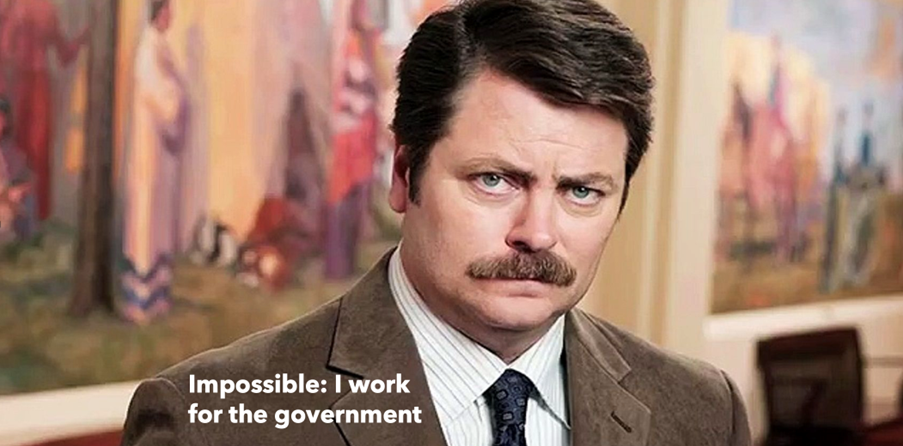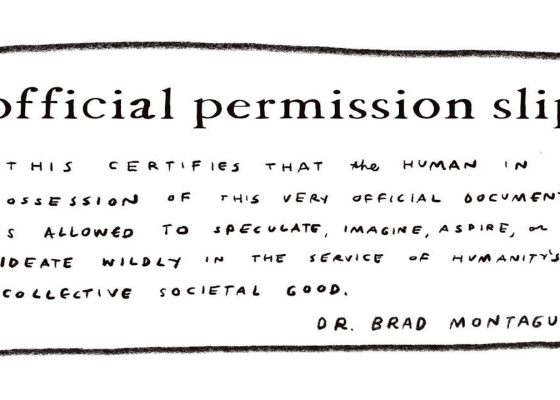Can new virtual care technologies and AI in the hands of innovative individuals working within and with our hospital system catalyse transformative change without governments coming to the party with meaningful funding and reform?
On spec, the near- to mid-term opportunity for transformative change to our hospital sector seems bleak.
The main problem is a seemingly intractable stand-off between our state governments and the Commonwealth over money, initiated after the Department of Health, Disability and Ageing added the NDIS into its portfolio and the Commonwealth decided to throw it into the mix of what was until then mainly a negotiation around hospital funding, the National Health Reform Agreement.
Prior to then it looked as though all parties were prepared to engage in a little forward thinking on funding signals to stimulate the virtual care opportunity for better ROI, and even embrace AI a little.
Now there’s somehow a more than $10 billion gap between what the states think they need and what the Commonwealth has to spend.
In this febrile political environment, nearly all the innovative changes being contemplated on policy and funding have been shelved, in preference for a straight-up fight about money.
It’s almost certainly not going to sort itself in the eight months until 1 July 2016, when the next NHRA is due to start, which has quite a few people concerned that the country is going to miss its best opportunity to align smart funding and policy changes with what is probably one of the most interesting inflexion points in technology in the history of the health sector.
But when does government ever lead change, most especially change being offered by innovative new digital technologies?
The history of innovation would suggest strongly that even though healthcare is, necessarily, far more highly regulated and risk adverse in terms of digital change than other sectors, the technology and the innovators have a really good chance of winning out, regardless of how the government is responding to the changes at hand.
Innovators and transformative technologies – the web, social media, and now AI – tend to work exponentially around governments, which generally only have a capacity to think about change in a linear manner.
Governments almost always can’t keep up and end up having to catch up.
This exponential vs linear innovation management trend goes a long way back in the history of human innovation.
In 1798 mathematician Thomas Malthus famously argued that within a few generations population growth would eventually outstrip food production, leading to societal collapse through famine, war, and disease.
In making the prediction he was calculating population in linear terms which he could map, but innovation in a exponential manner which was far more difficult to calculate: how could he predict technological advances in irrigation, fertilisation, crop genetics and so on?
The message for the worriers (which we are at Health Services Daily) might be: relax, and start backing the mavens of change within the system, and the new technologies they have to work with.
Do we see any evidence of this dynamic in Australia yet?
Yes, quite a bit.
The New Models of Care Reshaping the Future of Hospitals Summit, this week in Sydney — ticket information and the program are here if you’re interested – will examine the concept that new technology and a spattering of individuals innovating from within the system, might well create innovation beachheads through which a lot of the sector follows, eventually forcing governments to adjust policy and funding settings down the track.
Specifically, the New Models summit will be showcasing examples of how some innovators, both from within the system and without (vendors) have partnered to introduce new technologies and thinking which is reshaping patient and provider experiences, and at times providing obvious system ROI, despite a funding paradigm that does very little to support or incentivise such innovation.
Unsurprisingly, we are talking largely about deployment of cloud-based data sharing and virtual care technologies, and AI.
Related
Some live case studies at the summit will include the following:
Healthdirect: How the virtual front door helps reduce ED presentations
With a focus on the Victorian Virtual Emergency Department. Dr Nirvana Luckraj, chief medical officer of Healthdirect Australia, in collaboration with Dr Loren Sher, director of Victoria’s Virtual Emergency Department, will showcase the results from the Virtual Front Door. They will delve into how this model is successfully reducing pressure on emergency departments by providing effective triage and remote support to consumers. This partnership between Healthdirect and Victoria’s VED is leading to increased non-emergency referrals and better healthcare outcomes.
Orion Health: pivoting into proactive care using AI
Orion Health and Healwell AI are leveraging AI-powered models of care to transform fragmented health records into actionable insights for clinicians and patients.
With the imminent launch of SMARTSuite, including SMARTSearch, SMARTSummary, and SMARTIdentify, Orion will discuss how digital tools can enable earlier interventions, better outcomes, and more sustainable models of care.
Orion will discuss the clinical potential of AI in the context of a need to reform funding structures to support preventive care at scale. By aligning incentives with continuity, early detection, and sustained patient wellbeing, Australia could unlock the full value of AI-enabled healthcare, delivering better results for patients while shoring up long term system sustainability.
Aspen Medical: Solving workforce shortages and transforming care through patient and clinician-centric virtual care
Aspen Medical and Healthdirect Australia are reshaping digital health through a virtual care model that puts patients first and leverages clinician expertise by deploying highly skilled and experienced registered nurses and GPs as digital care navigators.
This model delivers meaningful community benefits while offering clinicians workplace variety and flexible work arrangements – creating more sustainability in the healthcare workforce.
Telecare: Redesigning inpatient care using virtual workforces and technology
Hospitals across rural Australia are struggling with the same reality: shrinking inpatient medical coverage, growing demand, and exhausted rural clinicians.
What happens when there are no doctors left to staff the ward? And what happens when a patient needs a subspecialist who simply isn’t available locally?
The Telecare case study showcases two models—Virtual Inpatient Service (NCN Health and multiple other VIC hospitals) and Virtual Inpatient Subspecialist Support (Mackay HHS and also rural Victorian hospitals)—that together reimagine how inpatient care can be delivered without relying on fragile on-site rosters.
How do small hospitals survive when local inpatient doctors disappear, and how do regional hospitals cope when subspecialist expertise is days away?
This case study explores two proven models reshaping inpatient care: the Virtual Inpatient Service at NCN Health and other small rural hospitals, where Telecare physicians remotely staff wards, admissions, and discharges, keeping hospitals open and patients local; and the Virtual Inpatient Subspecialist Support program at Mackay HHS, where dermatology, gastroenterology, geriatrics, and neurology consults are delivered virtually within 24 hours, reducing transfers and improving bed flow. Together, these models demonstrate a safe, scalable framework for digitally enabled hospitals of the future.
Consultmed: simpler cloud-based e-referral improving access to specialist care
Australia’s referral system has not kept pace with modern healthcare. Referrals often delay access, add administrative burden, and contribute to long outpatient waiting lists.
A recent Grattan Institute report highlighted how “advice first” models can reduce unnecessary referrals, improve access to specialist input, and keep patients cared for closer to home.
Consultmed’s Advice and Guidance allows GPs to seek timely advice from specialists through secure digital channels preventing many avoidable hospital visits. It supports GPs in managing complex patients and makes better use of specialist capacity.
The Queensland eConsultant Service, delivered by Mater Health and powered by Consultmed, is one of Australia’s most significant examples of A&G at scale. It enables GPs statewide to request advice across ten specialties, helping patients receive care in the community while relieving pressure on hospital outpatient services.
Intersystems: HIEs and connectivity between hospitals and primary care
How overseas HIE implementations have unfolded and what Australian can learn about the history of these implementations when introducing similar infrastructure here.
Heidi Health: Hospital workforce and AI
The journey beyond scribing into administrative support, coding and decision support.
And more …
Please join the conversations on these important themes this Thursday 16 October, at the New Models of Care Reshaping the Future of Hospitals Summit in Sydney at the Aerial Centre UTS. Last tickets available here.



